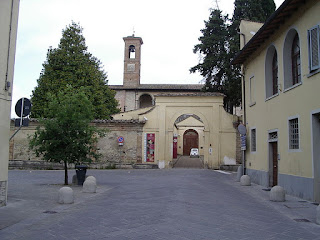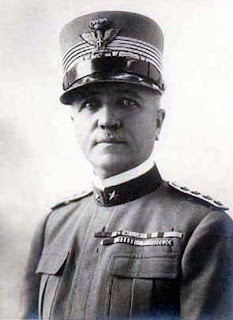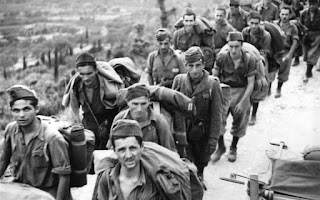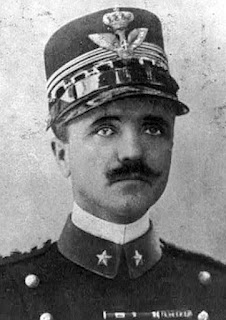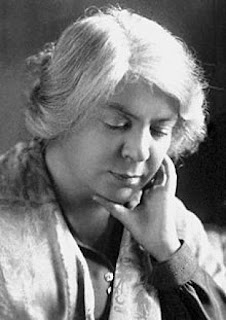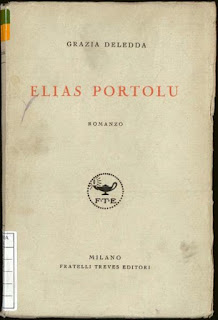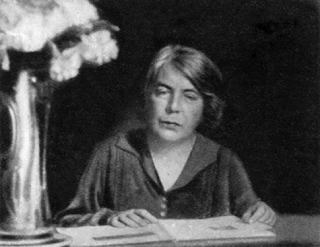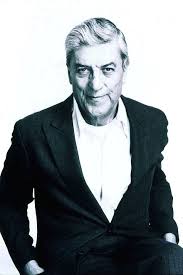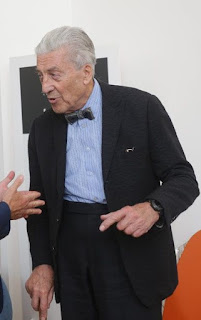Former Watford manager with outstanding record in Italy
 |
| Walter Mazzarri has coached nine teams in Italy and England |
Mazzarri won promotion to Serie A with his local club Livorno and kept tiny Calabrian team Reggina in Serie A against the odds for three consecutive seasons, on the last occasion despite an 11-point deduction for involvement in an alleged match-fixing scandal.
He subsequently had two seasons as coach of Sampdoria, qualifying for the UEFA Cup by finishing sixth in the first of those campaigns and then reaching the final of the Coppa Italia with a team that included the potent attacking duo Antonio Cassano and Giampaolo Pazzini.
After that he returned to Napoli, where he had previously been assistant to Renzo Ulivieri, to be appointed head coach in 2009, guiding the azzurri to sixth place - their best Serie A finish for 25 years - to qualify for the Europa League in his first season in charge, and doing even better in his second season, when Napoli were third, their highest placing since the golden days of the late 1980s, when Diego Maradona inspired them to win the scudetto twice in four seasons.
They qualified for the Champions League for the first time as a result and won the Coppa Italia, beating Juventus in the final - Napoli’s first major silverware since 1989-90 at the end of the Maradona era.
 |
| The striker Edinson Cavani became a star under Mazzarri at Napoli |
Mazzarri’s move to England came in July 2016 as Watford, the English team acquired by Serie A club Udinese’s owner Giampaolo Pozzo, appointed him as their sixth head coach in four years, his predecessors having included fellow Italians Gianfranco Zola and Giuseppe Sannino.
He replaced the Spaniard Quique Sanchez Flores, who was dismissed despite reaching the semi-finals of the FA Cup and finishing 13th in the Premier League. He argued that he had a successful season in that his brief had been to keep Watford in the division despite being a small club, which he seemed to have achieved comfortably by reaching his target of 40 points - a total that in most years is proof against relegation - with six fixtures still to play.
But the Hornets, the club once owned by the pop music superstar Elton John, lost all of those matches and Mazzarri was dismissed even before the season concluded with a 5-0 home defeat to Manchester City.
 |
| Mazzarri's spell in charge at Napoli saw the club achieve its most successful period since the days of Diego Maradona |
They finished second in their group in their debut Champions League campaign, behind Germany's Bayern Munich and ahead of Manchester City and Villareal of Spain. But in the last 16 they suffered a difficult exit against another English side, Chelsea, who overturned a 3-1 defeat at Napoli’s Stadio San Paolo in the first leg with a stunning 4–1 win after extra time in the return leg in England.
Napoli recovered from the disappointment to end the season with a trophy as they won the Coppa Italia final, inflicting Serie A champions Juventus's only defeat of the season, and finished second in Serie A the following season, their highest position in over 20 years.
Since January of this year, Mazzarri, a former midfielder who played more than 250 matches in a fairly low-key career on the pitch, has been coach of Torino in Serie A, his ninth team since he took his first head coach position at the minor Sicilian club Acireale in 2001.
 |
| Sand dunes in the beautiful Rimigliano nature park, which is next to the resort of San Vincenzo |
Mazzarri’s home town of San Vincenzo is a coastal resort at the southern end of the Ligurian Sea, roughly 50km (31 miles) south of Livorno, almost level with the northern tip of the island of Corsica. The resort is notable for the long stretches of soft, sandy beaches that are characteristic of the area. It is also adjacent to the Rimigliano nature park, which covers the shoreline between San Vincenzo and the Gulf of Baratti, where visitors can admire sea lilies and juniper-covered sand dunes or explore forests of cork and pine trees.
 |
| The elegant Piazza Duomo in the centre of the Sicilian town of Acireale, north of Catania |
Acireale, where Mazzarri played for a while and began his coaching career, is an elegant town rich in Baroque architecture, built on a series of lava terraces that drop to the sea about 17km (11 miles) north of Catania on the southeast coast of Sicily. It has a beautiful cathedral dedicated to Maria Santissima Annunziata, located in Piazza Duomo in the historic centre. Built in the fifth century, it was reconstructed after the 1693 earthquake. The nearby fishing village of Santa Maria la Scala has some charming restaurants at the harbour’s edge.
More reading:
How Gianfranco Zola 'learned everything' from Diego Maradona
The three-times Champions League winner now in charge of Napoli
The founding of Milan giants Internazionale
Also on this day:
1450: The death of Leonello d'Este, patron of Ferrara's artistic heritage
1910: The birth of Olympic cycling champion Attilio Pavese
Home



